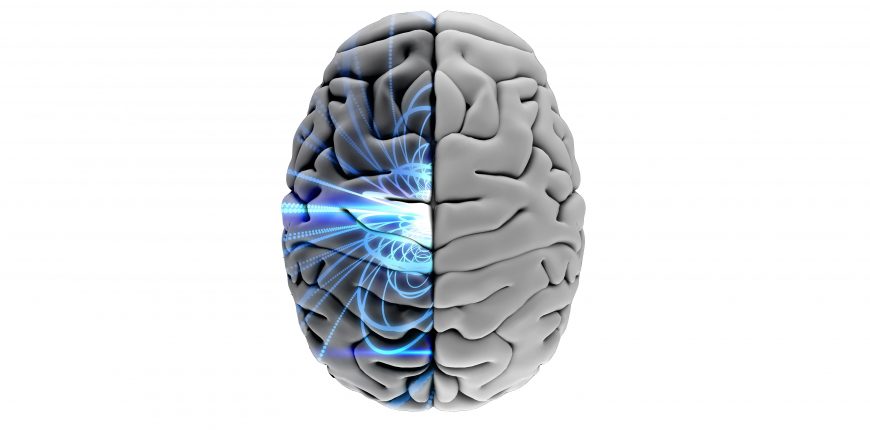A recent study from Radboud University Medical Center in the Netherlands, has identified differences in the brains of people who had been diagnosed with ADHD. This was a large study which looked at the brains of 1713 people with ADHD who were between four and sixty-three years old. The brains of people with ADHD were compared to the brains of people without ADHD.
Their major finding was that there was delayed development in five areas of the brain. These included the accumbens, amygdala, caudate, hippocampus, putamen and intracranial volume. Importantly, they found that these differences were in areas of the brain related to emotion and that these differences were more pronounced in children than adults.
The authors suggest that ADHD should be considered a brain disorder. This message could assist in reducing stigma as it helps to confirm that ADHD is a valid diagnosis and the problems experienced by people with ADHD are real. It also suggests that ADHD results from a combination of brain differences, producing varying symptoms in each individual with ADHD. In finding more pronounced effects in children, their findings support the model of ADHD as a disorder of brain maturation delay. Their findings further suggest that ADHD patients have problems with emotional regulation, given that they found the biggest differences in the amygdala, the part of the brain involved in regulating emotions. Difficulties with emotional regulation are commonly identified in people with ADHD, but the current diagnostic criteria do not include this component.
Hoogman, Martine, et al. “Subcortical brain volume differences in participants with attention deficit hyperactivity disorder in children and adults: a cross-sectional mega-analysis.” The Lancet Psychiatry 4.4 (2017): 310-319.





